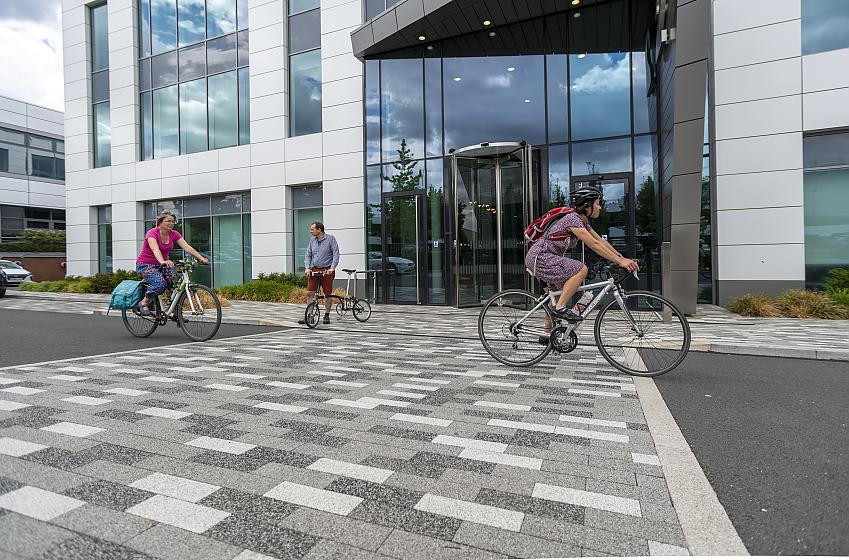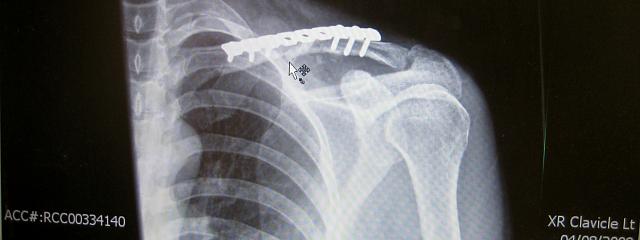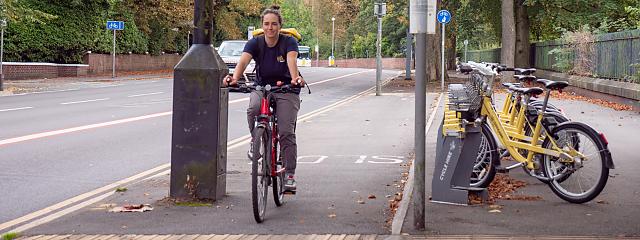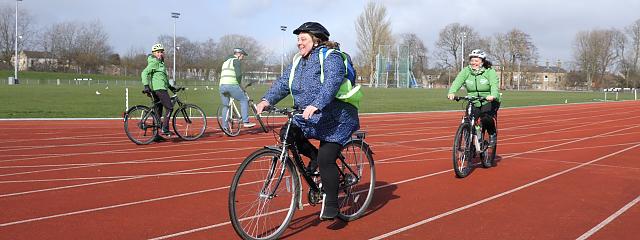
The case for cycling: health
The case for cycling: health
What are the benefits of cycling?
It’s widely accepted that cycling is excellent exercise: it helps people meet the physical activity levels recommended by the NHS, and it’s good for mental health and well-being.
It also reduces the risk of life-threatening conditions that are costly to treat, such as cancer, type 2 diabetes, heart disease and obesity – the latter being a major health challenge putting enormous pressure on our health services.
Here is some recent evidence for the benefits:
- Compared to commuting by car, cycling is associated with a lower chance of dying from cardiovascular disease (-24%) and cancer (-16%).[1]
- Increased walking and cycling in England could save 1,189 people from early deaths each year. [2]
- Analysis of data relating to cycle commuters in Stockholm County concluded that: "The current number of bicycle commuters were 53 000, and the scenario estimated an additional 111 000. Their mean bicycle distances were 4.5 [just under three miles] and 3.4 km [just over two miles] respectively. On average these respective amounts of physical activity reduced the yearly mortality by 16% and 12%, resulting in 11.3 and 16.2 fewer preterm deaths per year." [3]
- According to a study that followed 8,000 school children over a period of years, pupils who walk or cycle to school may have a healthier body weight than those who arrive by car. [4]
Happily, cycling is easier to fit into the daily routine than most other forms of exercise because it doubles up as transport to and from school, shops, work etc., and it’s much cheaper and, potentially, more scenic, than going to the gym.
Spreading activity across the day or week can help make the guidelines achievable within daily living; for example, walking, wheeling or cycling for daily travel is often the easiest way to get physically active.
UK Chief Medical Officers' Physical Activity Guidelines. September 2019.
But, interestingly, some research also suggests that 'weekend warriors', i.e. those who perform all their exercise in one or two sessions a week may not be missing out in terms of reducing their risk for all-cause, CVD and cancer mortality. [5]
Cycling is an aerobic activity, typically using major muscle groups in the legs, kept supplied by increasing the heart and respiration rate. Another advantage is that it takes the body’s weight off the legs, so it’s easier on the joints than pursuits like running.
It’s also one of those rare, versatile activities that appeal in different ways to people of diverse abilities and ages, morphing inclusively into exercise to suit pretty much any individual, sporty or not. Very small children can master the technique and, if you don’t want to, there’s no need to develop the trickier, more intense kind of skills demanded by, say, dancing, tennis or football.
For those with disabilities, several charities now offer both advice and inclusive cycling sessions – as Wheels for Wellbeing says: “Cycling can be easier than walking, a way to keep independent, fit and healthy, a mobility aid, and a useful form of everyday transport.”
It’s your call: do your local shopping by bike; ride to work or school; tour the trails with your family and friends; step onto the top podium at the Tour de France. It’s all exercise and, nowadays, you’re more than likely to find a cycle on the market to suit – cargo, folding, hybrid, mountain, racing, touring, balance, electrically-assisted and hand-propelled cycles, to name but a few.
Benefits v risks
The health benefits of cycling far outweigh the risks:
- A famous study from the 1990s suggested that, in Britain, the life years gained by cycling outweighed life years lost by 20:1 [6] – the ratio could be even higher nowadays, given the drop in cyclists hurt per billion miles since then. [7]
- For urban commuters shifting from driving to cycling, on average the health benefits are “about 9 times larger than the risks”. [8]
Please see attached evidence briefing (link at bottom of page) for further studies on the benefits v risks of cycling.
To put the risks in perspective, on average a year from 2015-19 (GB):
- Over a distance equivalent to 1,000 journeys round the world at its widest point, one cyclist was killed and 33 cyclists killed or seriously injured. [9]
- The general risk of injury of any severity whilst cycling is just 0.045 per 1,000 hours of cycling. (Over three-quarters of these injuries are slight). [10]
Now, consider the fact that physical inactivity is associated with 1 in 6 deaths in the UK; and the high prevalence of being physically inactive, overweight or obese in England, Wales, Scotland and Northern Ireland.
Also, there's good evidence to suggest that more people cycling triggers the ‘safety in numbers’ effect, i.e. that cycling is safest in places with high cycle use.
More cycling is good news for everyone
Cycling is not just a healthy option for cyclists but for everyone else too:
- Unlike driving, cycling causes negligible harm to other road users (see Q4 of our 10 Common Questions guide for more)
- It doesn’t produce nasty exhaust fumes for other people and car occupants to breathe in, or gases that contribute to climate change, one of the biggest health threats facing humanity. [11] [12]
And, in case that still isn’t enough, another figure that could well be higher since it was first estimated in 2015 is the economic value of cycling’s health benefits: £1,056,598,000. [13]
Campaign win (so far)
Over the last few years, we’ve seen many public bodies, including governments, some government agencies, health care providers and professionals, including renowned Chief Medical Officers, endorsing the health benefits of active travel – in fact, it’s an argument that cycling and walking advocates have largely won.
How things need to change
Recognition is one thing, however, but we now need professionals, practitioners and decision-makers both in local and national government to embed active travel into all policies, strategies, projects and guidance.
This applies, at the very least, to:
- public health
- transport
- highways infrastructure
- planning, development, land use and the built environment
- leisure and tourism
Working co-operatively and cross-departmentally is crucial, of course, as is collaborating with Directors of Public Health across the UK. Adequate funding is vital too.
High-quality infrastructure is a priority because hostile road conditions put existing cyclists at risk and deter novices or would-be cyclists.
Law enforcement and the justice system have a role to play here as well, because bad driving is yet another deterrent.
Turning to planning specifically, Cycling UK believes that all decisions (for streets and new developments, for example) should be ‘health checked’ to make sure they’ll have a positive impact on active travel. Transport for London has produced 'Healthy Streets' advice and a checklist. See our briefing on planning and land use for more.
As for the NHS, who spent about £6.1bn on overweight and obesity-related ill-health in 2014/15, we believe it should encourage its massive workforce, people in its care and the general public to cycle for fitness and/or rehabilitation.
The NHS should, for instance:
- Give cycling a high profile in travel plans
- Install and publicise good cycle facilities at sites for staff, patients and visitors
- Prescribe active travel (including e-biking for those who struggle with hills etc) as a way of combating physical inactivity.
Further data & reading
- For considerably more evidence on the health and well-being benefits of physical activity and cycling, please see the attached further evidence briefing (link at bottom of the page).
- See the National Institute for Health and Care Excellence's (NICE) evidence-based recommendations on physical activity, designed to guide decisions on health, public and social care.
- For findings related to the way that cycling affects independence, health and well-being among the older population, see the cycleBOOM project.
- If you’d like to estimate the health and economic impact of increased walking and cycling in your specific context, see the World Health Organisation’s user-friendly HEAT tool. It’s designed to serve transport and urban planners, public health practitioners and special interest groups “working on the interface between transport, health and the environment."
- Explore Public Health England's Physical Activity Tool for national and local level data for the whole of England on physical activity, including walking and cycling, as well as data on related risk factors and conditions such as obesity and diabetes.
- See the Global Observatory for Physical Activity's (GoPA) 'county cards' for detailed surveillance data on physical activity in many countries of the world, including Great Britain.
- Patterson R et al. Associations between commute mode and cardiovascular disease, cancer, and all-cause mortality, and cancer incidence, using linked Census data over 25 years in England and Wales: a cohort study. 2020.
- Health Foundation. Health benefits of active travel: preventable early deaths. 2021.
- NIHR. Schoolchildren who switch to walking or cycling may have a healthier body weight. 2021.
- Sommar, JN (et al). Potential for reduced premature mortality by current and increased bicycle commuting: a health impact assessment using registry data on home and work addresses in Stockholm, Sweden. 2021.
- O’Donovan. G. (et al.) Association of “Weekend Warrior” and other leisure time physical activity patterns with risks for all-cause, cardiovascular disease, and cancer mortality. 2017.
- Hillman, M. Cycling – more life years gained from fitness than lost from injury. 1992.
- See Q16 of Cycling UK’s Cycling Statistics.
- De Hartog J et al. Do the health benefits of cycling outweigh the risks? 2010.
- DfT. Reported Road Casualties Great Britain, Table RAS30001; Road traffic estimates, Table TRA0402
- DfT. Reported Road Casualties GB, (link above) & National Travel Survey Table NTS0303.
- RAC. A guide to vehicle exhaust emissions. 2020.
- WHO. Climate Change and health. 2021. See also Cycling UK’s Cycling fights climate change brochure.
- SQW for the Bicycle Association. The economic value of the bicycle industry and cycling in the United Kingdom. 2017.















